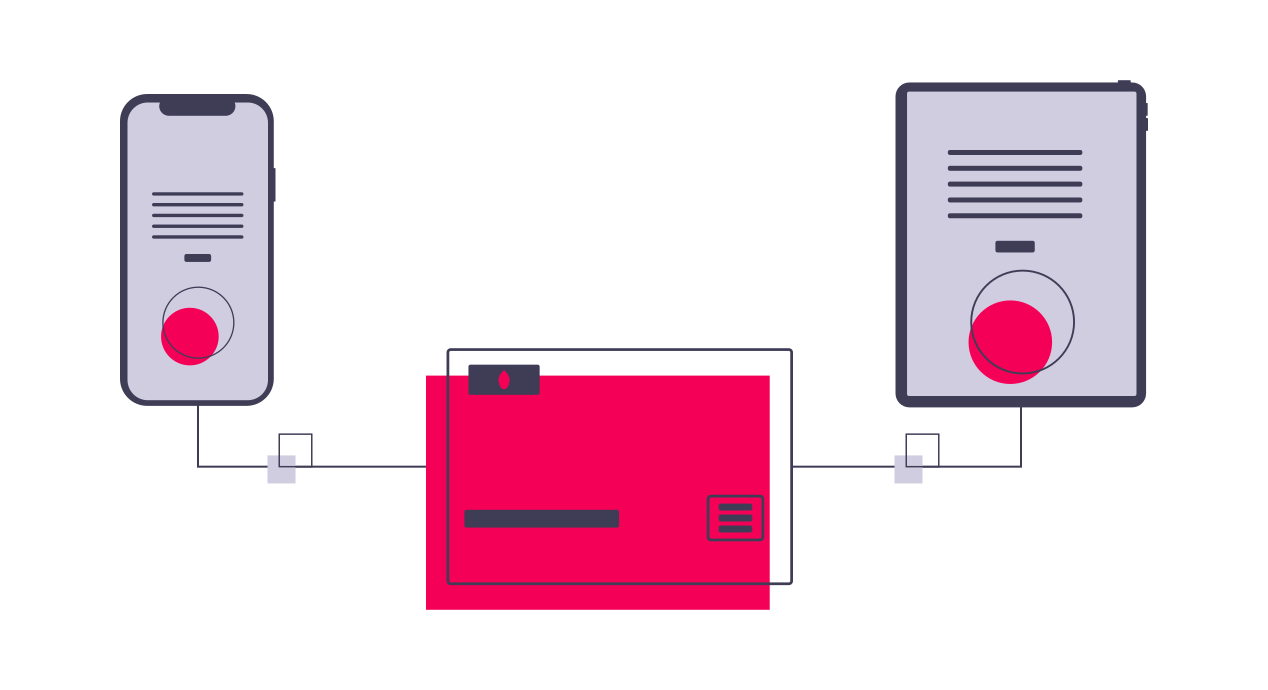
As the world continues to lean heavily on digital solutions, banking is no exception. With artificial intelligence (AI) and machine learning (ML) playing a pivotal role in transforming the banking industry, understanding and leveraging these tools can be highly advantageous for CXOs. This article will look at six top use cases for AI and ML in banking today, exploring each through examples and assessment techniques. From fraud detection capabilities to CRM software optimization strategies and beyond – get ready to dive into some exciting advances reshaping modern banking!
Top AI Use Cases in Banking
Automated customer service – leveraging AI-driven chatbots and virtual assistants to answer customer queries and provide personalized assistance.
Leveraging AI-driven chatbots and virtual assistants to answer customer queries is a valuable way banking institutions take advantage of artificial intelligence, providing an automated way to answer more mundane customer service inquiries. By employing these technologies, banks have the potential to improve customer satisfaction substantially, as customers can receive personalized assistance predictably at any time, day or night. Moreover, deploying intelligent virtual assistants is becoming increasingly cost-effective and requires minimal training or additional staff. As such, banks worldwide are investing in this space – improving their customers’ experiences while cutting operational costs and staying ahead of the industry curve.
Fraud prevention and detection – using ML algorithms to detect patterns in behavior that might indicate fraud.
Banks are using AI and ML to prevent and detect fraud more profoundly than ever before. For example, banks are now using powerful ML algorithms to recognize user behavior patterns that may suggest a fraudulent activity, so they can swiftly take action to protect sensitive customer information. AI is also being used to automate regulatory compliance and identity verification processes, enabling banks to monitor real-time transactions for anomalies and helping them stay one step ahead of potential fraudsters.
Automated risk management – predictive analytics tools used to assess risk levels in investments, loans, and other financial activities.
Automated risk management, or predictive analytics tools in the banking industry, is revolutionizing how banks assess risk exposure in their investments, loans, and other financial activities. The use of artificial intelligence, machine learning algorithms, and data-driven insights from past results, banks can more accurately identify specific risks therein potential investments and adjust accordingly. In addition, AI enables real-time tracking of markets and reduces human latency factors that can threaten optimal performance in the pursuit of diminishing risk. Ultimately, an organization’s ability to better predict risk levels through automated processes has enabled unprecedented returns on investment across industries.
Data aggregation – AI-driven data analysis tools aggregate data from multiple sources for better decision-making capabilities.
Data aggregation is transforming the way banks process information and make decisions. By leveraging AI-driven data analysis tools, banks can now aggregate data from multiple sources to acquire a 360-degree view of customer accounts, creditworthiness, and other important information. This allows for improved accuracy in decision-making by giving financial institutions a more comprehensive understanding of customer cash flow and net worth. Furthermore, data aggregation through AI helps preserve cost efficiencies as banks no longer need to synthesize disparate sources of information manually. As such, AI-driven data aggregation is playing an increasingly integral part in banking today, helping deliver better customer experience while simultaneously reducing time, money, effort, and risk.
Document digitization – scanning through documents with OCR (Optical Character Recognition) technology for faster processing of paperwork and information.
Thanks to advanced Optical Character Recognition (OCR) technology, document digitization is revolutionizing the banking industry. Banks are utilizing AI and ML-driven OCR scan engines to quickly turn hard copies of paperwork into digital information that can be stored, analyzed, and processed faster than manual methods. Not only does this create cost savings for banks, but it also unlocks data-driven opportunities that weren’t available with paper documents. In short, the workflow of the banking industry is being transferred from paper to digital environments thanks to document digitization powered by OCR technology.
Investment advisor – using AI-driven personal investment advisors for tailored financial advice on investments, stocks, and more.
Using AI-driven personal investment advisors is one way banks offer tailored financial advice to their customers. In real time, these intelligent advisors can leverage critical data points, such as market trends, customer preferences, and economic history, to craft customized strategies for each investor. With greater accuracy and speed than traditional human advisors, these AI-powered assistants provide reliable guidance through the complex world of investments with sound recommendations for stocks and other investment opportunities.
AI-driven banking solutions are ushering in a new era in the industry and allowing for more advanced, efficient, and reliable services. For example, banks can leverage AI and ML solutions to transform their operations and services through automated customer service, fraud prevention, automated risk management , data aggregation , document digitization, and personal investment advisors. Beyond that, this technology allows banks to understand customers’ needs better, refine tasks requiring no human input or decision-making, and reduce costly errors and poor customer service experiences, ultimately improving customer satisfaction. As we’ve seen in the latest developments in banking technology and solutions, the possibilities offered by artificial intelligence will only continue to become more abundant.
Of course, there are many more use cases, but these are some of the Top AI Use Cases in Banking.

